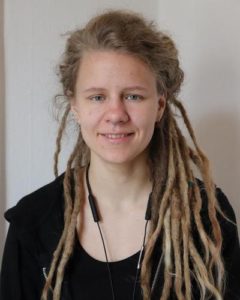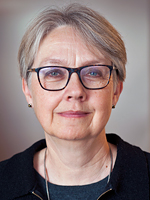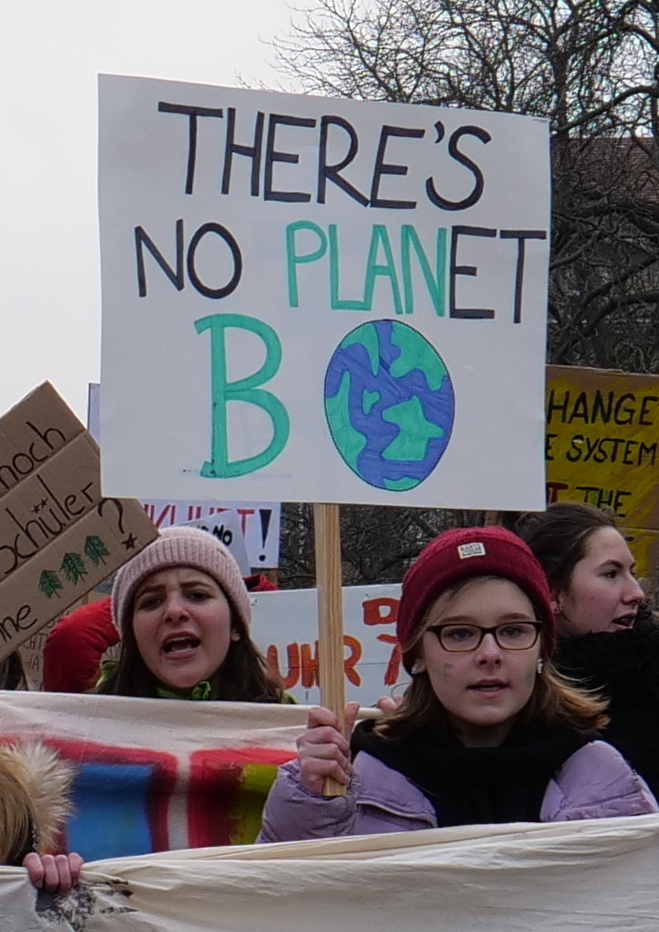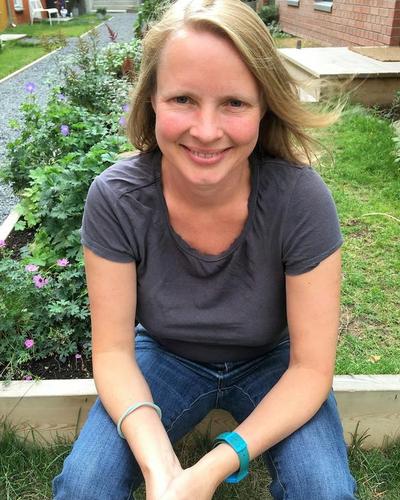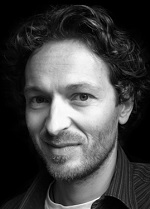
In November 2015, a revised Norwegian Red List for Species was launched. The list contained more than 4 000 species, and Norwegian newspapers presented it to the public by using some of these species as examples. In a recently published article, entitled “Miss Hare struggles”, Marit Ruge Bjærke close-reads two newspaper articles in which the mountain hare is used as an example, to explore the ways in which cultural meanings, temporalities and spatial scales emerge in the biodiversity discourse. The article shows how biodiversity loss was presented as a local or national issue framed within the global story of climate change, and concludes that both the choice of specific species as examples and the understandings of temporal and spatial scales that are conveyed with the help of these examples, affect how biodiversity loss is understood.

